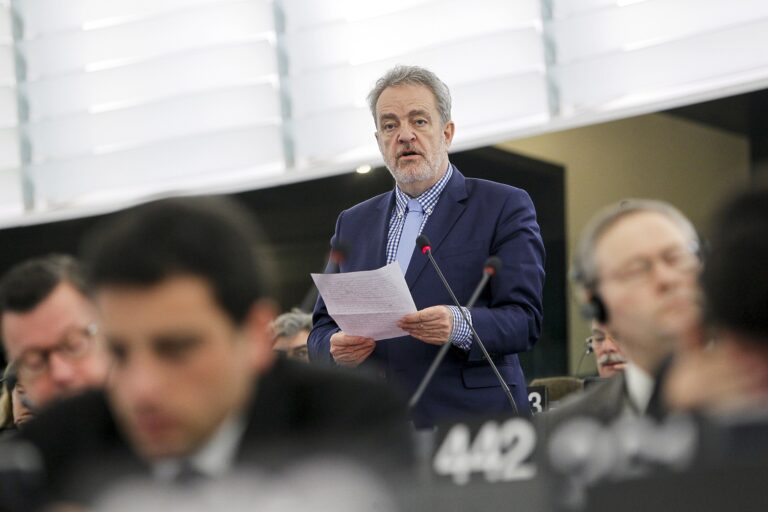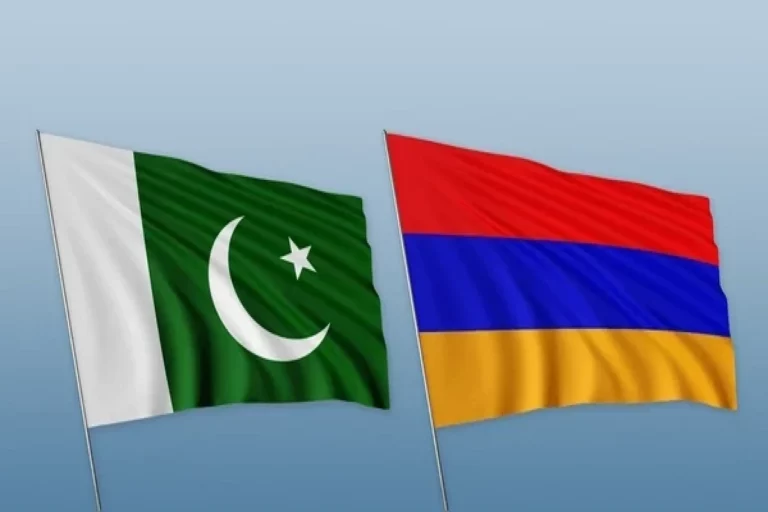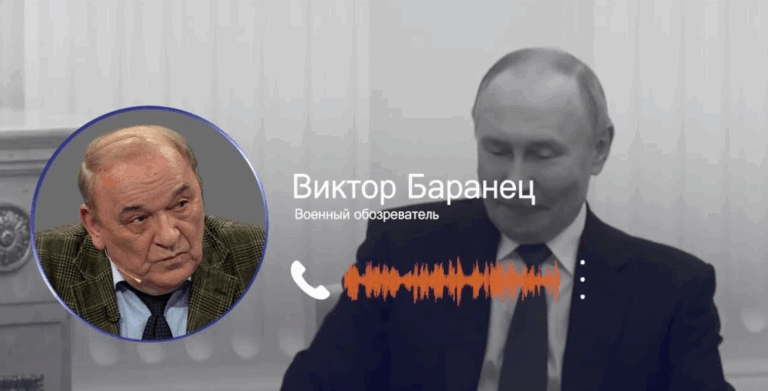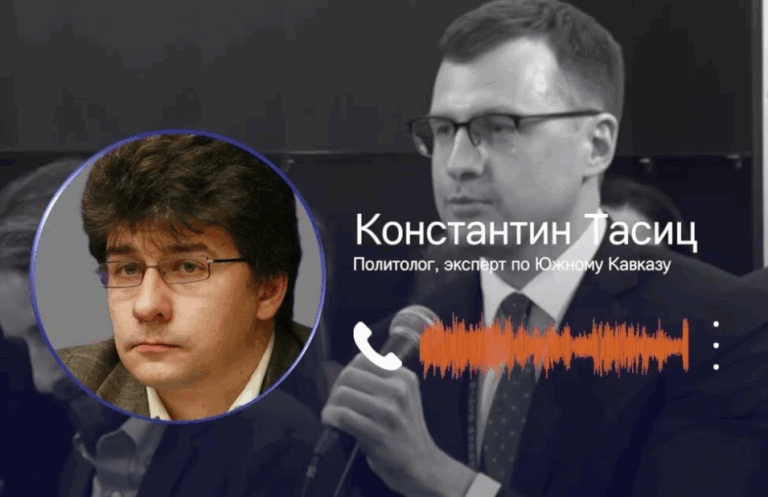Pashinyan will not draw any conclusions from what happened to Zelensky
March 04 2025, 13:16
For Ukraine, February 28 will be what October 19, 2020 was for Armenia and Artsakh. On October 19, 2020, during a meeting with extra-parliamentary forces, Nikol Pashinyan said that the Russian proposal to end the war refers exclusively to the “5+2” option. In other words, according to Putin’s proposal of October 19, the surrender of Shushi to the enemy was out of the question. Moreover, on October 19, it was already clear to Pashinyan that the war was lost. And after all this, he rejected the proposal to stop the war with much fewer human and territorial losses.
A heated exchange in the Oval Office between US President Donald Trump and Volodymyr Zelensky ended with Trump interrupting the meeting and “essentially pointing Zelensky out the door.” It was expected that a new draft of a minerals agreement would be signed during the Ukrainian president’s visit to Washington as part of efforts to end the conflict, but this did not happen due to a disagreement.
On March 3, commenting on what happened at the White House, they said that the patience and wallets of the United States were “not unlimited,” that it was time for Ukraine to start peace talks, and that Zelensky had missed the chance to economically bind the United States and Ukraine for a generation.
If you look at what happened, the parallels with the Armenian events become obvious. Zelensky’s behavior on February 28 was reminiscent of the staged altercation between Nikol Pashinyan and Ilham Aliyev at the EAEU summit in 2023.
The heated exchange between the leaders of Armenia and Azerbaijan (which left many with the impression of a pre-agreed action) took place at the EAEU summit in Moscow on May 25, 2023 and was obviously aimed at disrupting constructive negotiations on the Moscow platform. After the purposeful disruption of the talks in Moscow, it was inappropriate to talk about “multi-vector negotiation platforms.” The very fact that the State Department, even before Aliyev and Pashinyan left for Moscow, welcomed the talks in Russia, while noting that everything had already been agreed upon, showed that the Russian platform for resolving the Karabakh conflict was no longer relevant for Baku and Yerevan, there was no multi-vector approach, and the vector was only Western. The future has shown that this assessment was correct.
What began to happen after Trump’s altercation with Zelensky deserves special attention. After the conflict in the Oval Office, Volodymyr Zelensky went to the UK, where he was greeted with marked respect, and even a meeting with Charles III was organized. After the conversation with the king, Zelensky took part in another emergency summit on Ukraine. After the summit, British Prime Minister Keir Starmer said, “Europe must do the heavy lifting, but must have the strong backing of the United States.” In other words, without the support and approval of the United States, Ukraine will not receive any assistance. However, apparently, neither London, nor Paris, nor other actors seek guarantees for Ukraine.
They need to prolong the conflict to maintain the US military and economic presence in Europe, which, after the recent statement by Pentagon Chief Pete Hegseth regarding Southeast Asia, seems vague.
If Britain, France, Germany and other EU countries agree on the issues they are interested in, then no one will think about Zelensky’s fate. The same applies to Armenia: if Russia and the United States agree on zones of influence and responsibility, where the territory of the former USSR is a Russian zone of strategic interests, then no one will think about Pashinyan’s fate either.
Think about it…








